Consider it New York City’s attic. The Museum of the City of New York houses and warehouses some 750,000 items and artifacts, more than that if one counts a pair of shoes or a pair of cufflinks as more than just one item. Sitting at 103rd Street and 5th Avenue, the museum is within walking distance of the Metropolitan Museum of Art, Guggenheim Museum, and its more immediate neighbor, El Museo del Barrio.
The Museum of the City of New York took up residence on Museum Mile after spending its first few years at Gracie Mansion, now the residence of the mayor of New York. Although the museum celebrated its centennial last year, the present building did not open to the public until 1932. The neo-Georgian style building accommodates exterior statues of Dewitt Clinton and Alexander Hamilton. Heralded New Yorker Clinton served as Mayor, Governor, and Senator. As Governor, he championed the construction of the Erie Canal. Hamilton was one of the country’s founding fathers and the first Secretary of the Treasury. Two hundred years later, he was the eponymous hero of the wildly successful Broadway musical.
While the museum shoulders a fair share of state history, it’s more the repository for the city’s five boroughs and its four hundred year history. Its open-ended presentation, New York at its Core, an interactive experience, plays in two galleries. The earliest days of New Amsterdam and New York, from 1609 to 1898, are featured in the first gallery, while the second gallery highlights the years between 1898 and 2020. The connector between the two galleries is 1898, the year Brooklyn and Manhattan voted on a referendum to incorporate. Shortly thereafter, Queens, The Bronx, and Staten Island joined the confederation. Whether pulling from its own collection or borrowing from another institution, private collector, or outright purchase, the exhibits are meticulously curated and updated when necessary. The museum’s current offerings are a mix of politics, protest, and popular culture.
A Number of Firsts
Changing the Face of Democracy: Shirley Chisholm at 100 celebrates the 100th anniversary of the birth of the trailblazing Brooklynite, who, in 1968, became the first black woman elected to Congress. She served seven terms, representing her congressional district in Bedford Stuyvesant. Early in her tenure, she decided to make a run for presidency in 1972. In doing so, she became the first Black candidate for a major party nomination for President of the United States. One of a handful of candidates on the democratic primary slate, she (and others) would bow out in favor of the party’s nominee, Senator George McGovern. Eventually, her work behind the scenes pushed the party to end the war in Vietnam. In the pre-Roe v Wade era, she pushed for women’s rights and child-care services. While the Democrats in 1972 were united in their desire to unseat Richard Nixon, the party was not without its divergent voices; there was a wide political gap between Chisolm and segregationist Governor George Wallace, as this send up of painter Grant Wood’s American Gothic attests.
While the notion to celebrate Shirley Chisolm’s 100th birthday was important for the museum, co-curator Sara Seidman says it was not without its challenges. “For a member of congress, she really doesn’t have a lot of archival material that she preserved and donated. And also with Chisholm, her very own archives are very slim, and actually not as extensive as I would have thought going into the project.”
Taking a Stand
While the Chisolm exhibit will run through July 20th of 2025, its neighboring gallery, Activist New York, in some ways, dovetails through the congresswoman’s progressive politics. Debuting in 2012, it’s an open-ended run that features images and text centered around rallies, picket lines, reproductive rights marches, pleas for civil rights, human rights, and unrest on college campuses. Sarah Henry, the museum’s deputy director and chief curator, evaluates the exhibit this way: “It’s a mutating, evolving, ever-growing show that’s very popular with the general public, as well as with teachers and school children who are thinking about civic engagement, and how New Yorkers have made New York through their actions.”
Lights, Camera, Action!
While it is customary to walk and talk your way through a museum, a hushed silence greets patrons in a gallery labeled, You are Here. Produced by the museum with ample assistance from film scholars, filmmakers, and festival presenters, and assembled by the production company Radical Media, You are Here is a cinematic valentine to New York City. Told through film, You are Here contains over 400 movie clips playing out on 16 high definition screens. The films, way too many to mention, present works by directors most associated with the city, like Spike Lee, Woody Allen, and Martin Scorsese. Visitors experience this panoramic attraction presented in a darkened, horseshoe-shaped, room—some staying for numerous viewings of the 21 minute loop as they try and identify each picture. The images are seamlessly spliced together, creating a thematic thread. Viewers will experience a wide array of films made on the streets of New York City, soundstages in Hollywood, and even some cities used as stand ins for Gotham.
“I’ve seen it probably 200 times, and I never get tired watching it,” interjects Sarah Henry. “I always see something new because sometimes your eyes and ears are drawn to certain screens that take over the narrative, but then there are little notes that are scattered in. If you’re alert, you can catch them and little surprises and things that happen along the way.” The movie mash-up has a cinematic companion; it’s a gallery lined with scores of movie production stills, each with its own story to tell. You are Here runs through October 5th, 2025.
You Send Me
The museum’s recently opened exhibit could be dubbed, Greetings From NY, but it is entitled, Art Deco City: New York Postcards from the Leonard A. Lauder Collection. It displays over 250 postcards, just a fraction of the 91 year-old billionaire’s vast collection. The exhibit’s co-curator, Lynda Klich, explains the origin of Lauder’s expansive hobby. “He started collecting when he was a small boy when he went to Miami Beach with his mother when she was getting the Estee Lauder cosmetic company off the ground. There’s lots of art deco there and he would walk into the art deco hotels, and take the post cards off the front desks.”
When he was in New York, he would go to the Empire State Building and buy postcards at Woolworths with his allowance. Eventually, he started working for the family business, where his globe-trotting enabled him to escalate his collection. When it was all said and done, and it’s by no means done, as Klich continues to rummage for postcards missing from the collection. To date Leonard Lauder has collected over 200,000 postcards. Looking for a permanent home for his collection, he settled on the Museum of Fine Arts Boston. This is the first time the postcards will be on display in a New York City museum, a museum he would often frequent as a child. Ms. Klich has curated the Leonard Lauder collection for twenty-five years, and likens postcards in their day to today’s posting or texting. “It was seen as this sort of shorter message. It didn’t have the proper decorum that a sealed letter would have. You had to write briefly and in shorthand, and anyone could see the message.”
Complementing the Art Deco postcards are a number of the museum’s art deco objects, including a model of the very deco Rockefeller Center, which the museum has dusted off for a first-time display. It’s presented in close proximity to a Horn and Hardart facade, another art deco mainstay lost in time. Art Deco City: New York Postcards from the Leonard A. Lauder Collection runs through February 17, 2025.
The Writing’s on the Wall
An altogether different means of expression, Above Ground: Art from the Martin Wong Graffiti Collection, follows the evolution of graffiti art and its artists in New York City. Wong, a painter living on Manhattan’s Lower East Side, depicted his neighborhood, complete with graffiti both above and below ground. The retrospective, opening at the end of November will mount works by writers, as some call them, and their quest to find an unobstructed home for their art. Sean Corcoran, the museum’s curator of prints and photographers, and one who’s studied graffiti art for years, follows the form’s trajectory. “Even in the early 70’s, there was an effort by writers; I’m going to call them writers instead of graffiti artists, that were working to go legit. Because ultimately, if you have ambition and you want your art to be seen, you don’t want to put it on the streets or the train because it’s going to get wiped away. It’s ephemeral, whereas if you can paint it on a canvas, you can monetize it; you can sell it.”
Above Ground: Art from the Martin Wong Graffiti Collection debuts November 22nd and runs through August 10, 2025.
Article and photos by Tom Farkas, writer, editor, former arts editor for NY1.

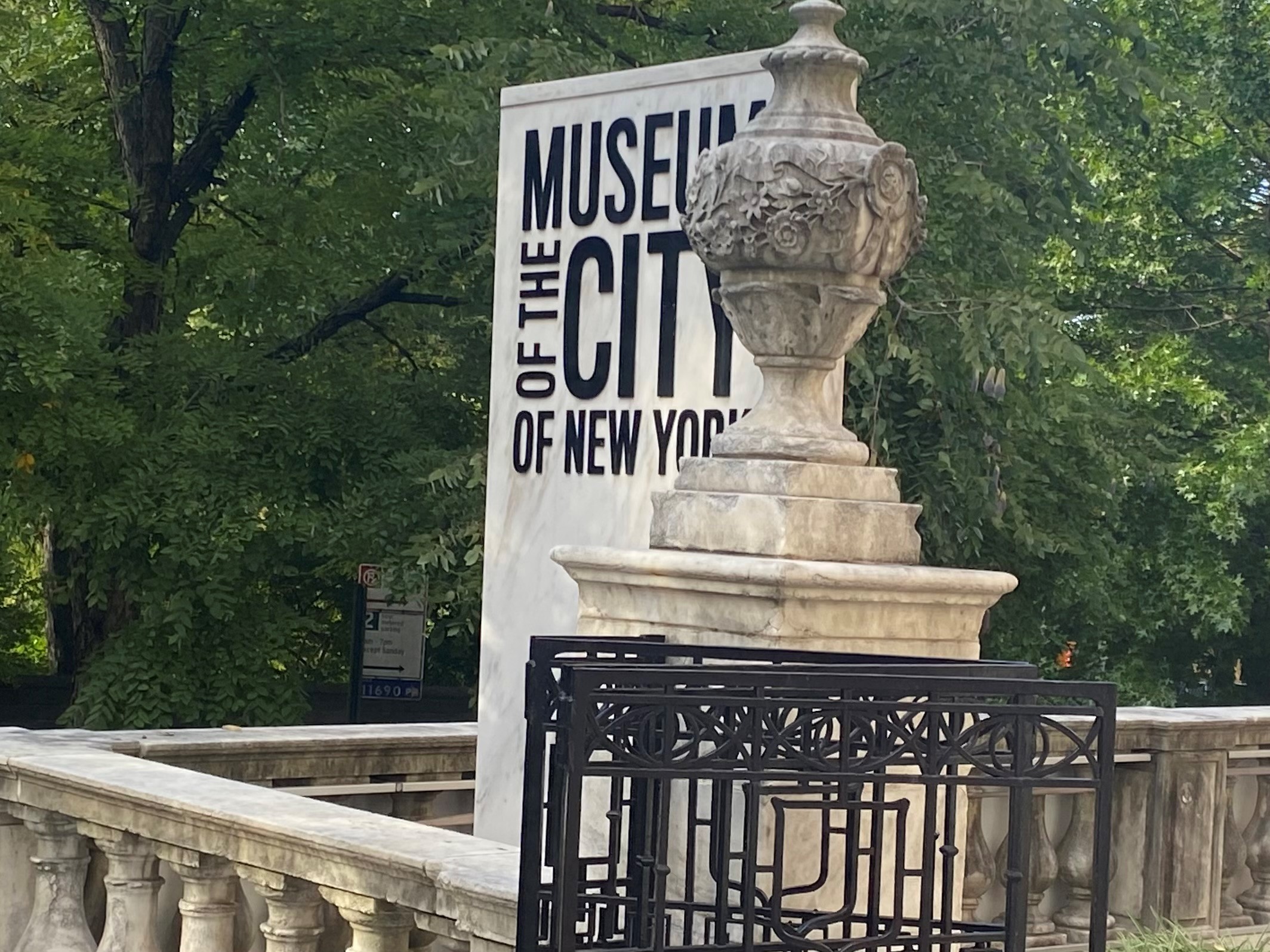
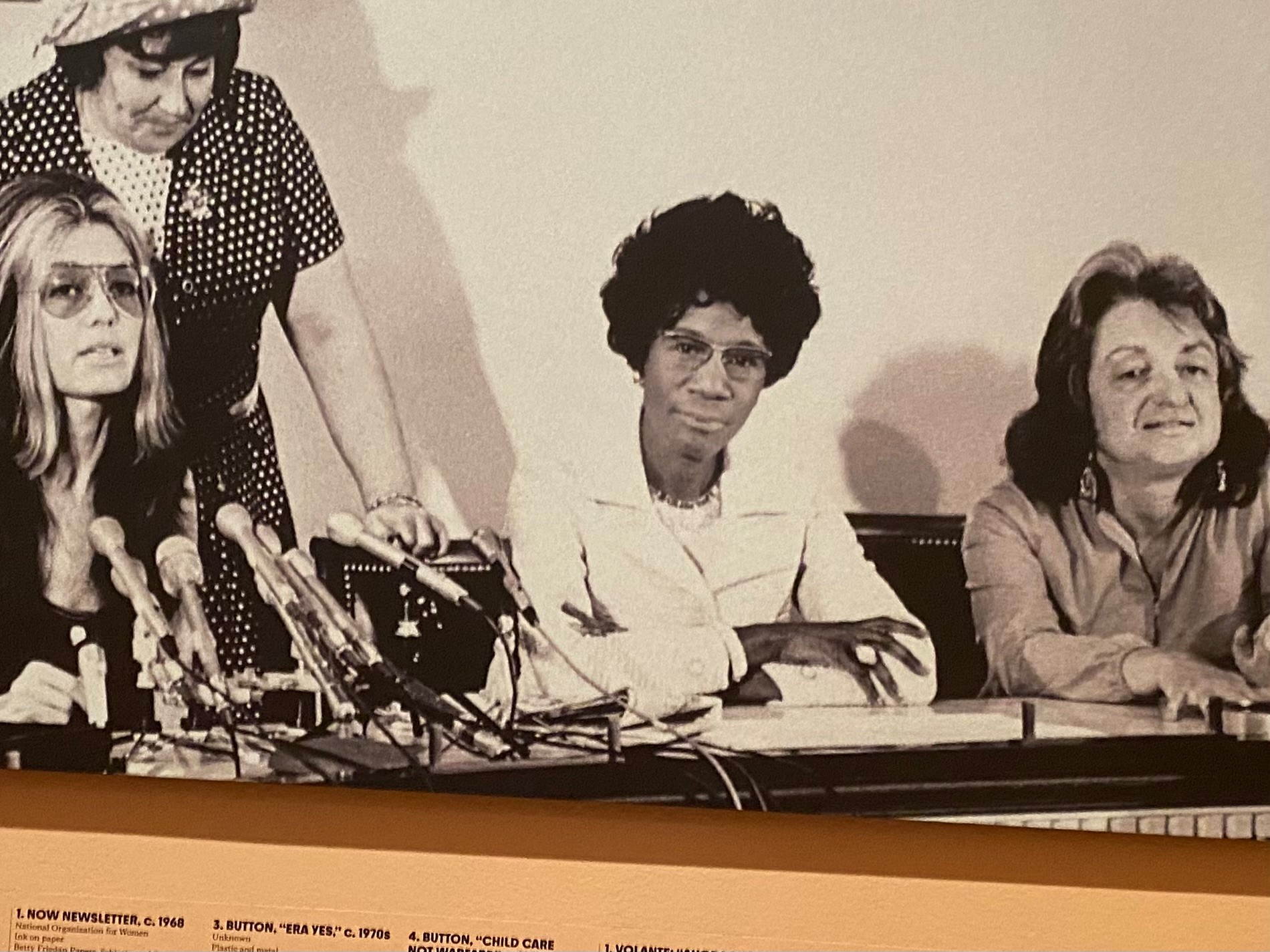
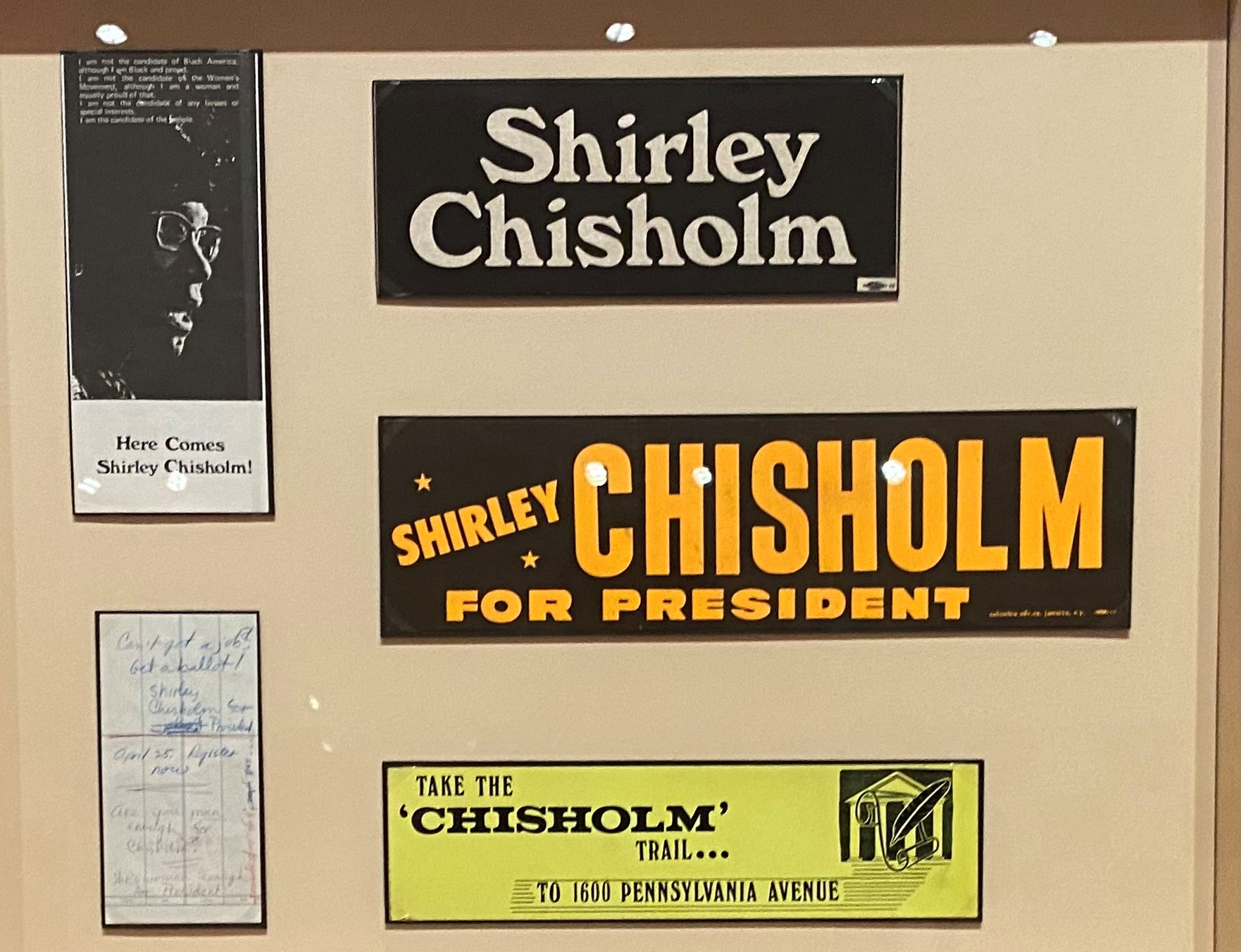
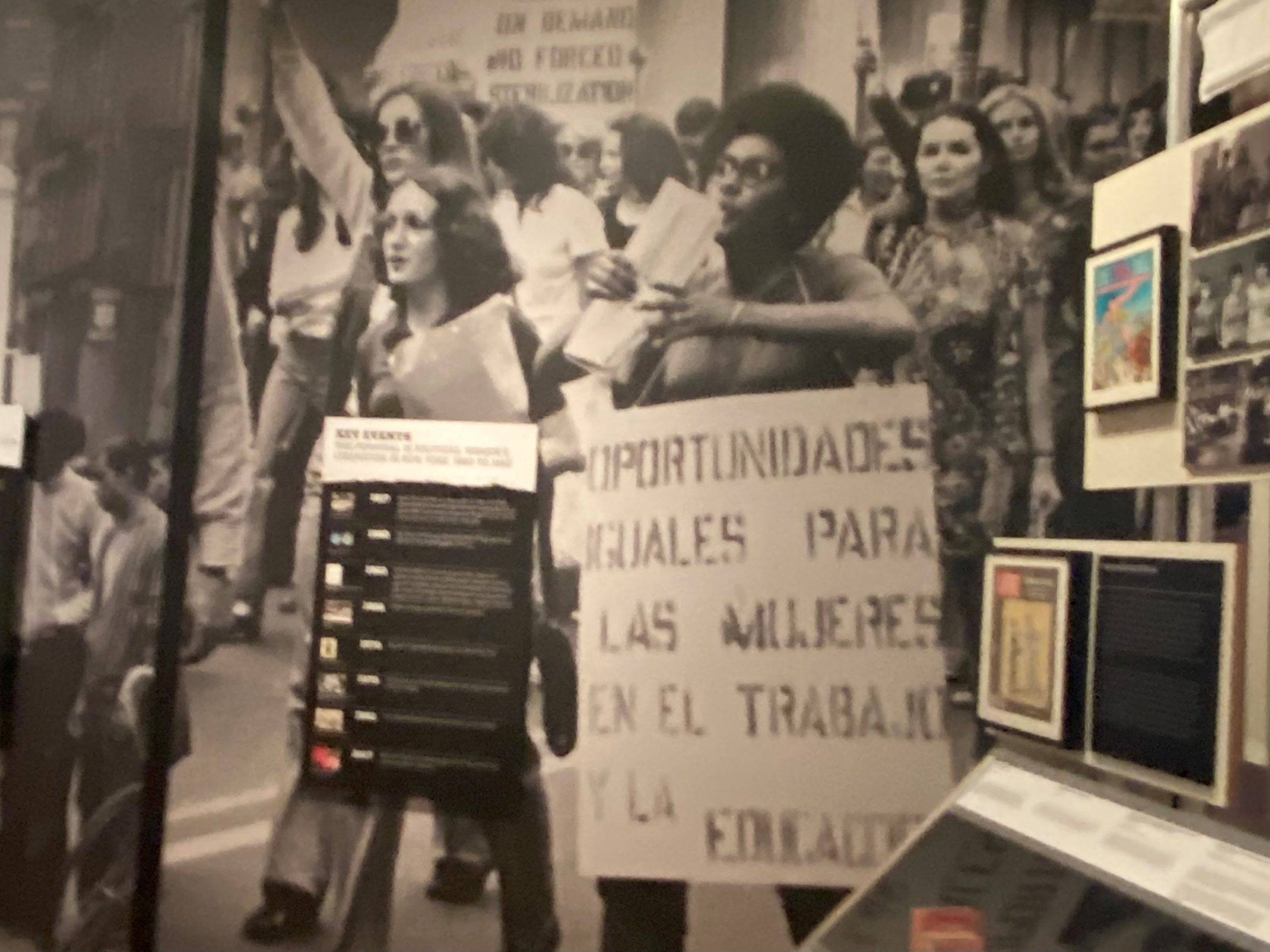
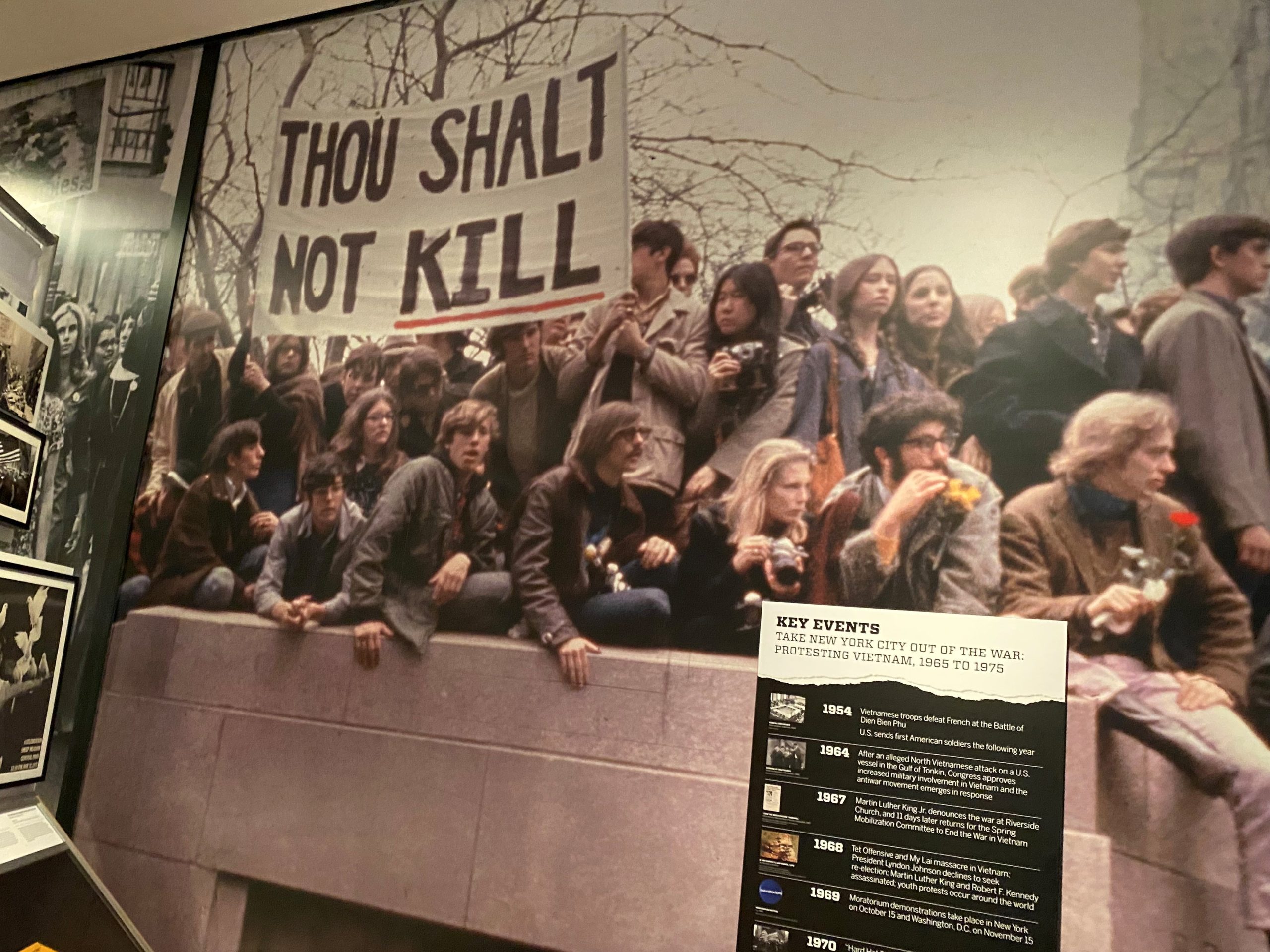
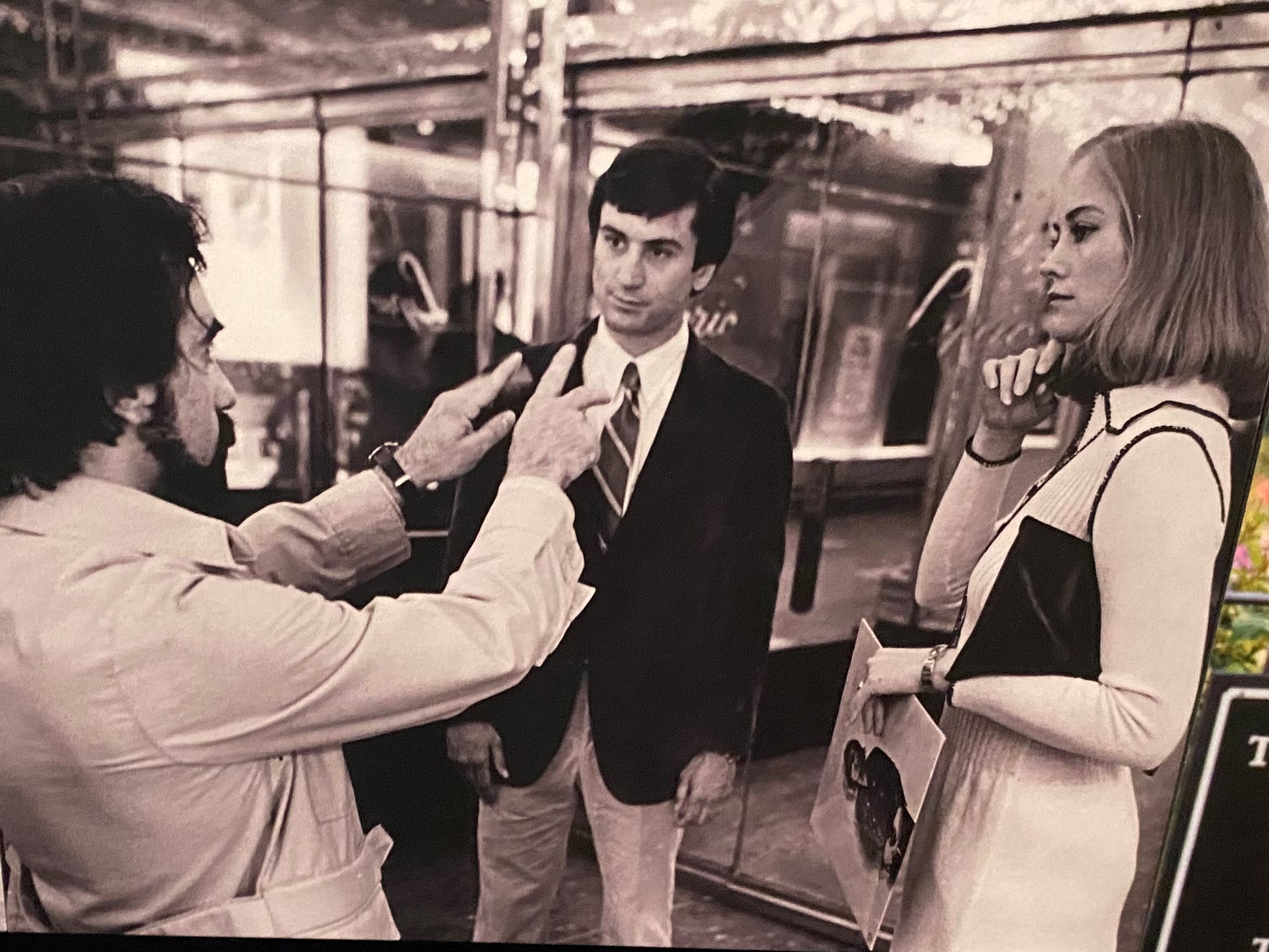
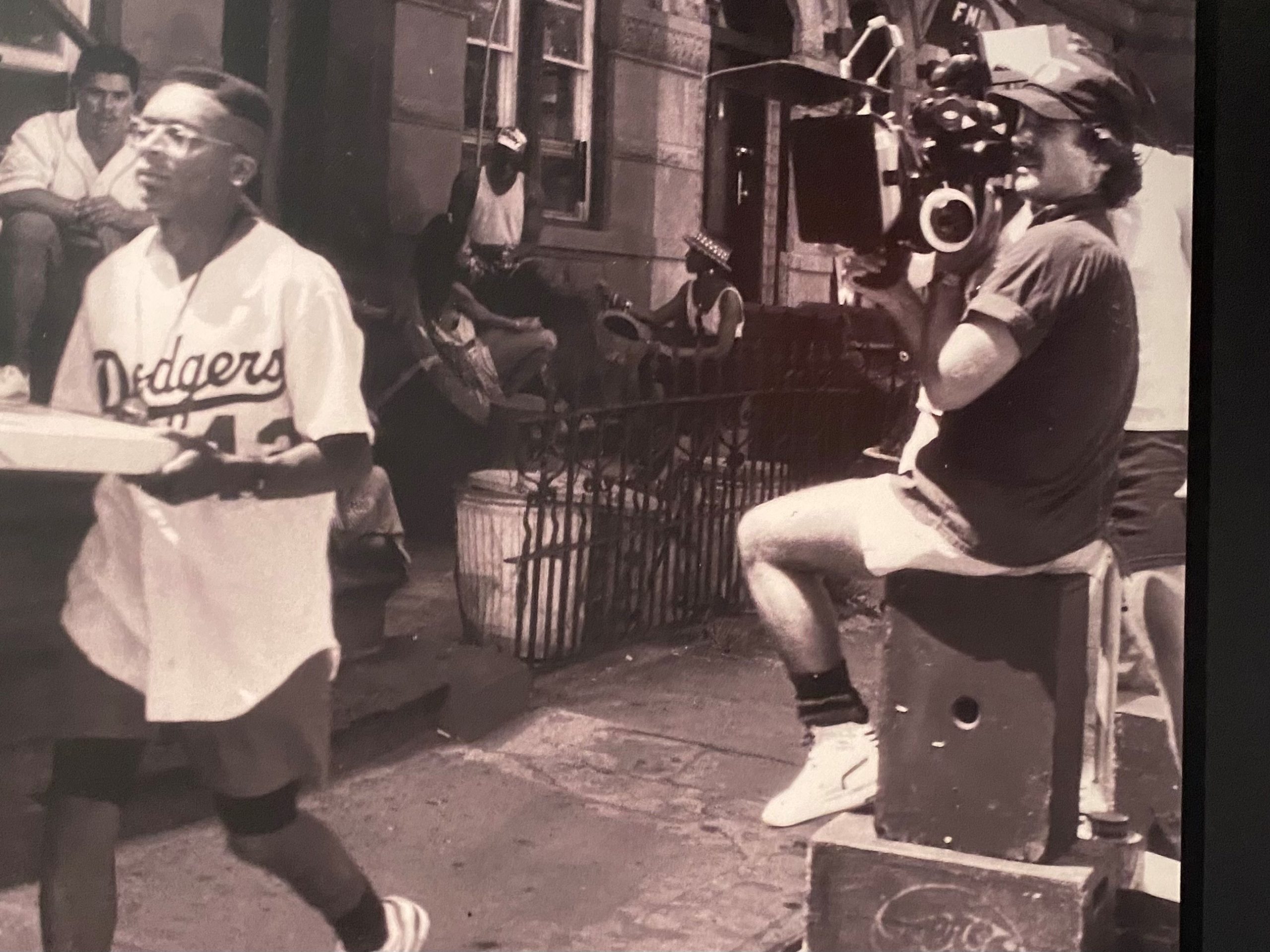
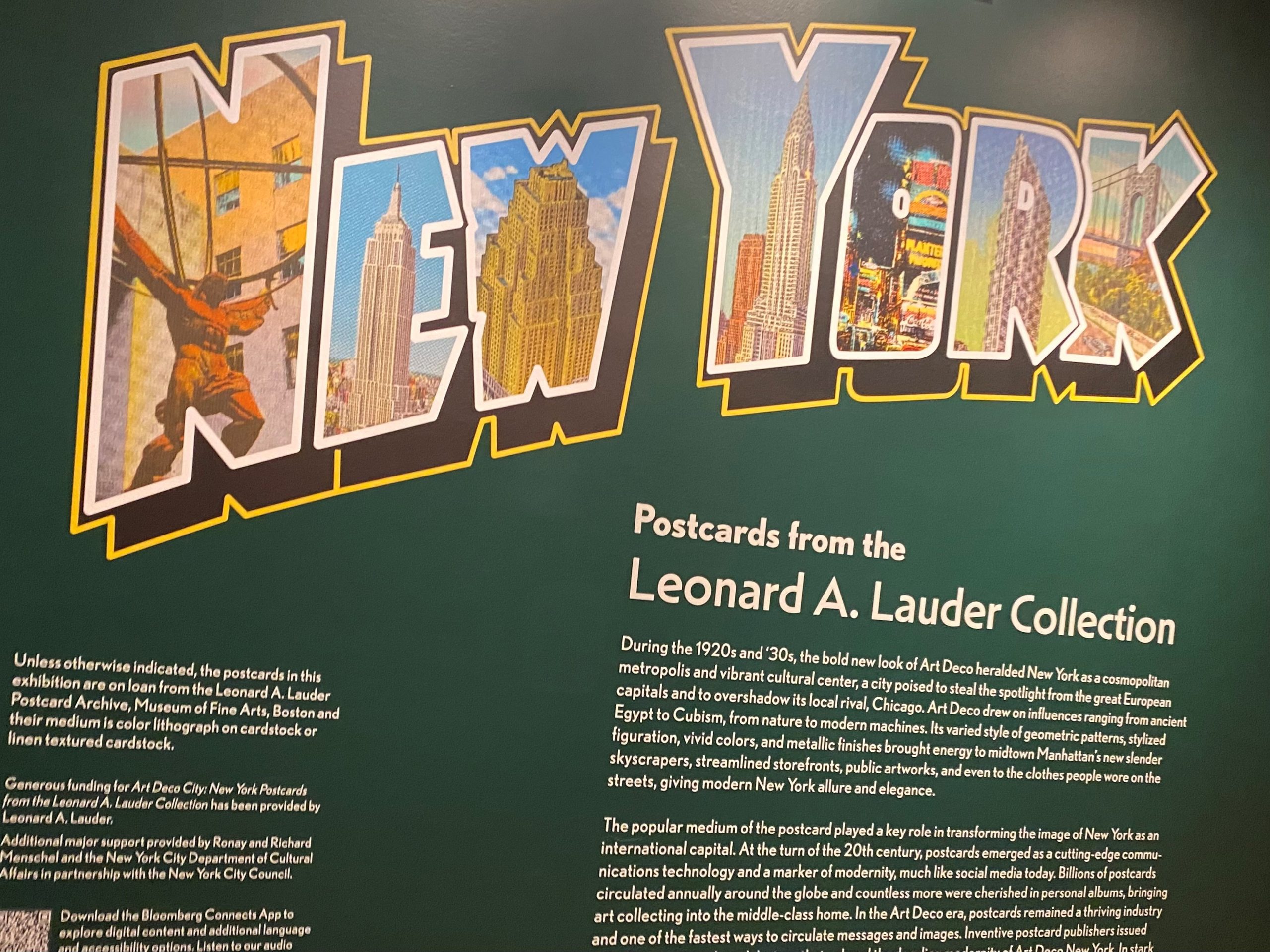
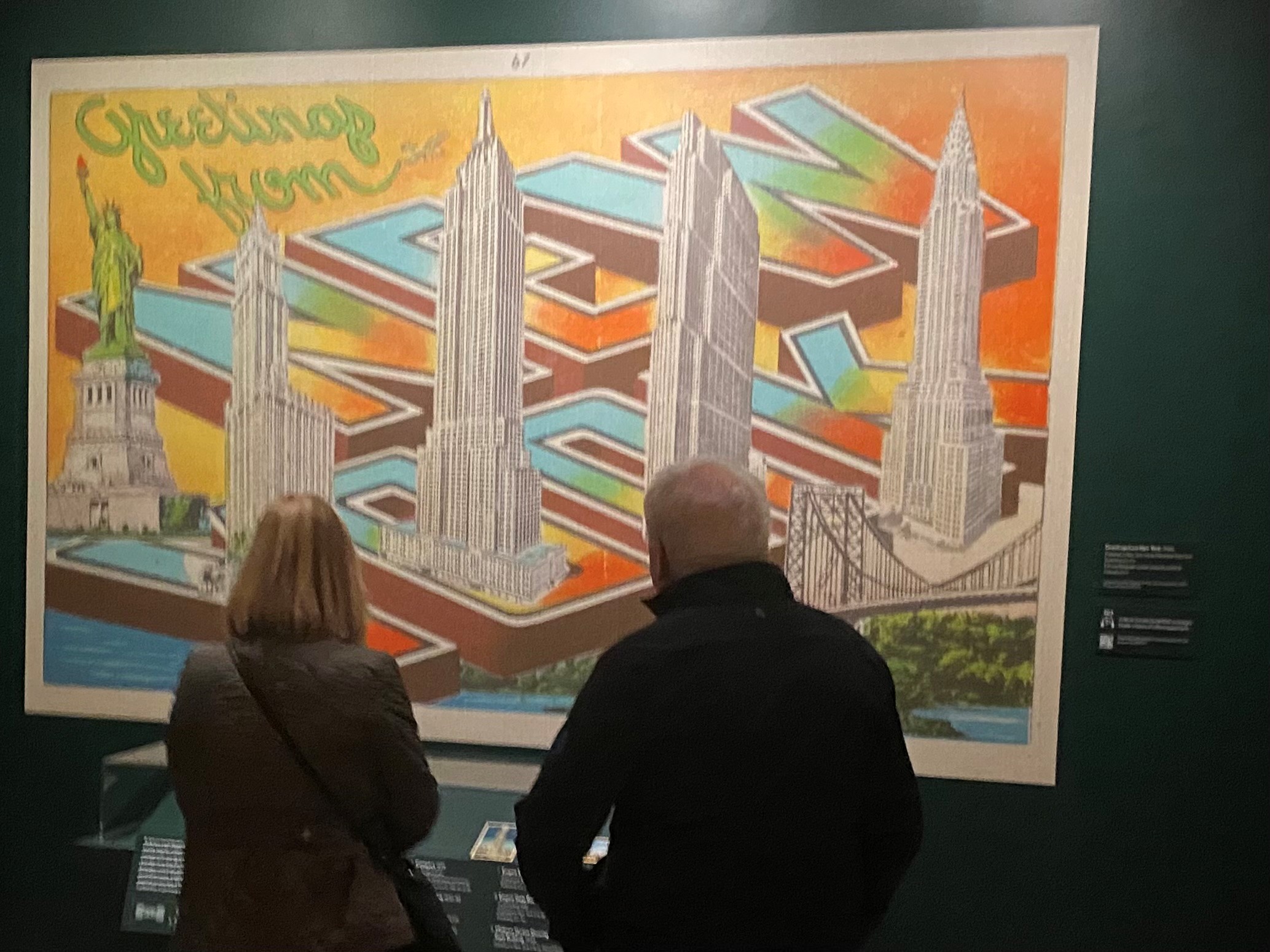

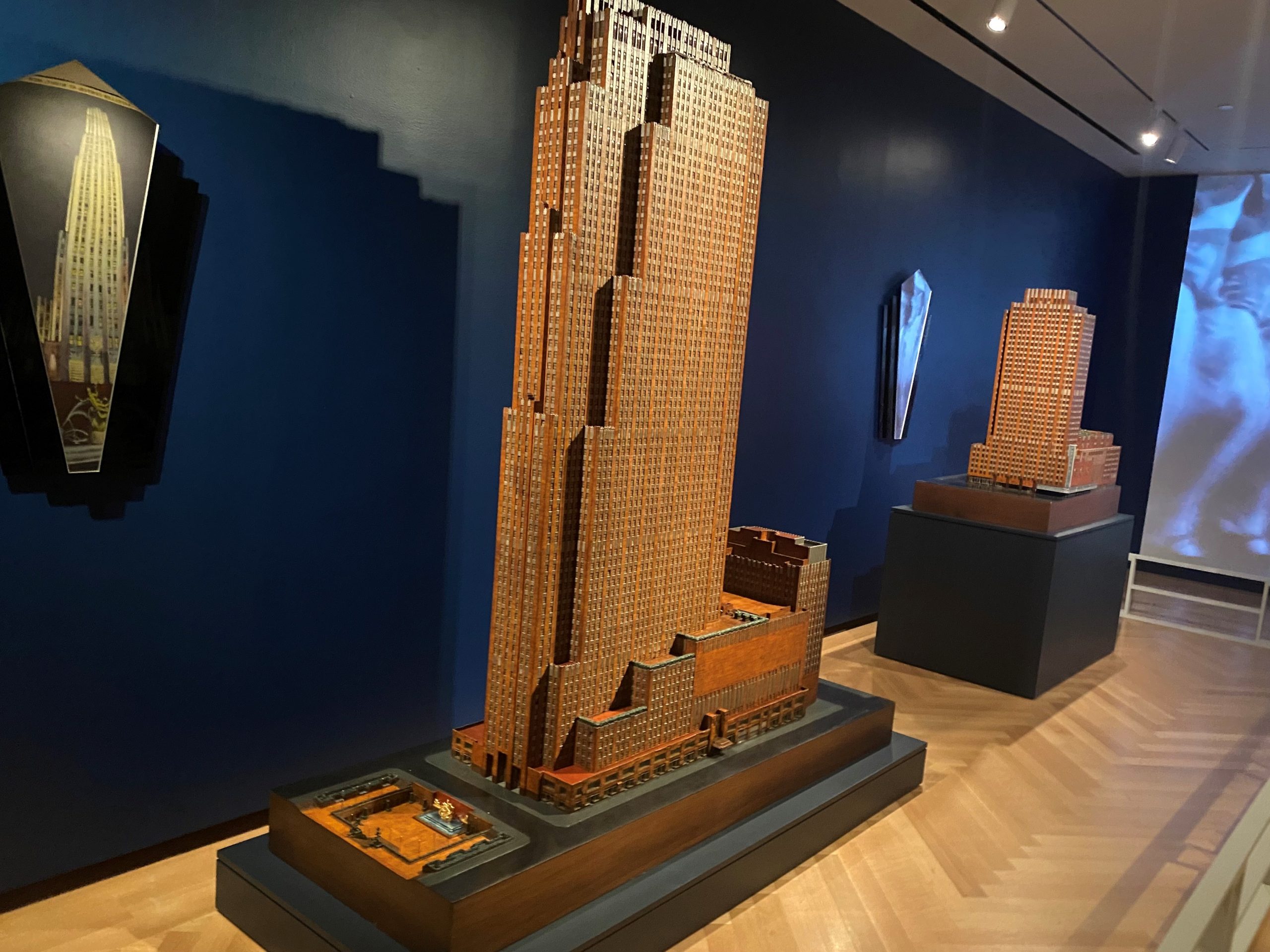
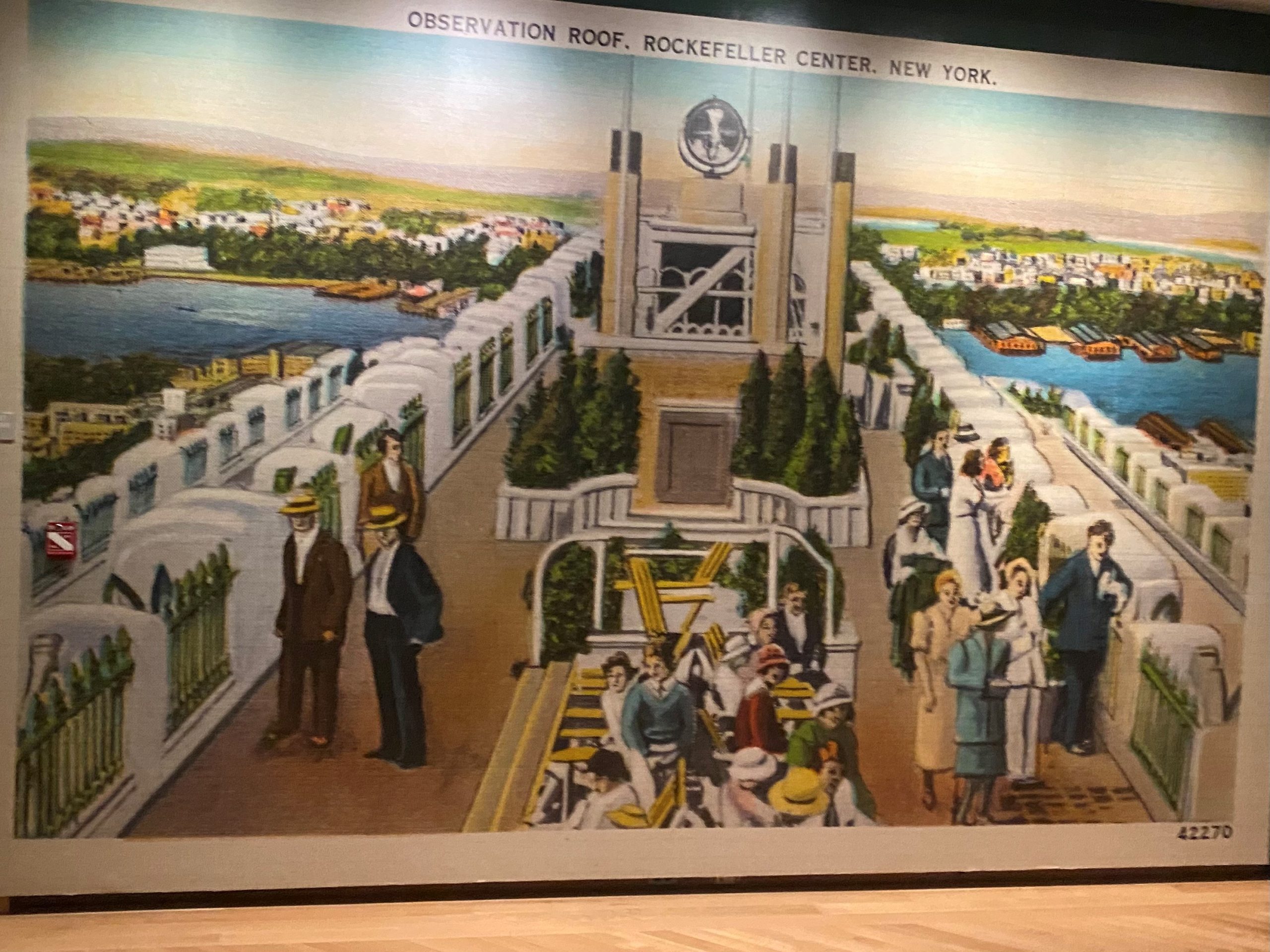
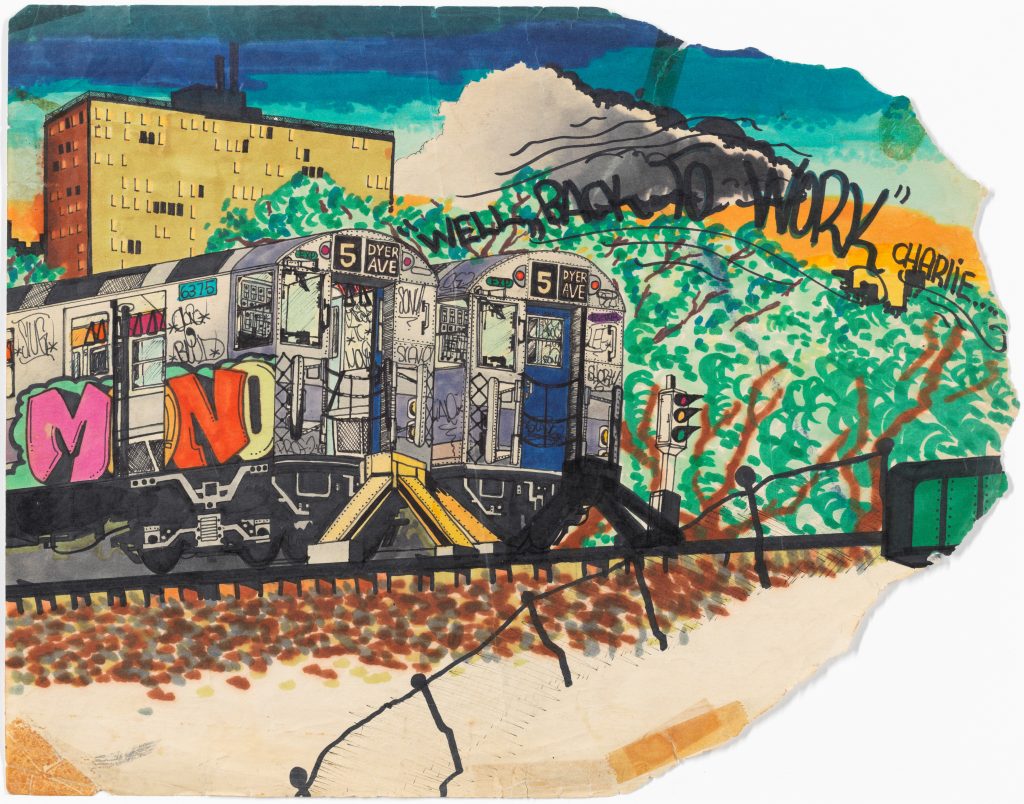
I appreciate articles like this-interesting and well written.
Please keep them coming.
Thank you Nancy! So appreciate your reading Side of Culture. Tom is a great writer!